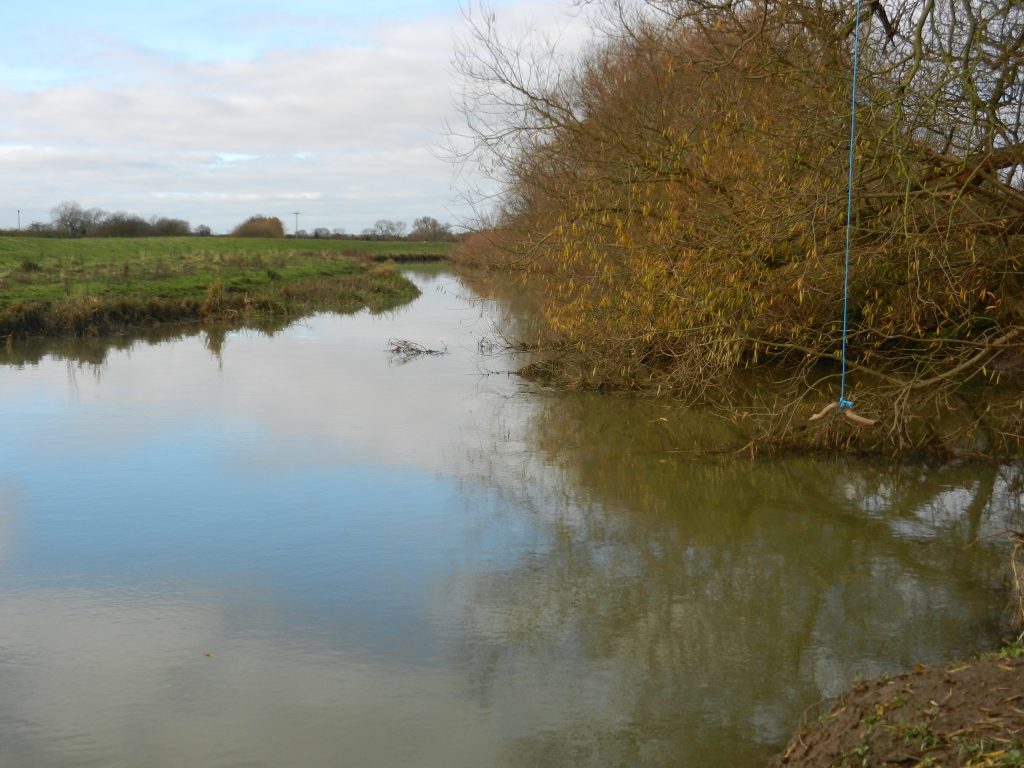
The above photo, taken in 2016, shows a point in the course of the River Hull where a channel off the River connects with Pulfin Bog Nature Reserve (off right) administered by Yorkshire Wildlife Trust. The Reserve includes a large open water area and covers the area within a large meander of the River Hull. The meander and Reserve are just east of the hamlet of Arram, this, in turn, east of the spring-line village of Scorborough. Arram Beck, a tributary of the River Hull, is channelled over the Beverley and Barmston Drain by a man-made aquaduct, this type of structure quite common along the course of the River Hull.
This brings me to a point re the name ‘Hull’. From the evidence presented in Vol. 14 of the English Place-Name Society (East Riding of Yorkshire and York) it is clear that the word Hull and its predecessors has always refered to the River. The etymology of the word Hull is contested, it could derive from the Viking for ‘Hollow’ or from the Early English which can be liberally translated as ‘river which flows through a deep channel’. The latter option implies a focus on the channel being deep, this suggesting that geographically the River’s course may have been incised. By this point in the River’s course (Arram) the tidal ebb and flow of the lower River valley hardly impacts at all.
The question is then, if Hull is the name of the River why then is the city at its mouth also called Hull? The answer, of course, is that it shouldn’t be its just that for so long it has been in common usage that it is now used by all. The most reasonably correct option would be to use the name Kingston-upon-Hull, that is the town given a certain rights and a degree of independence resulting from a royal charter of the 1290s.